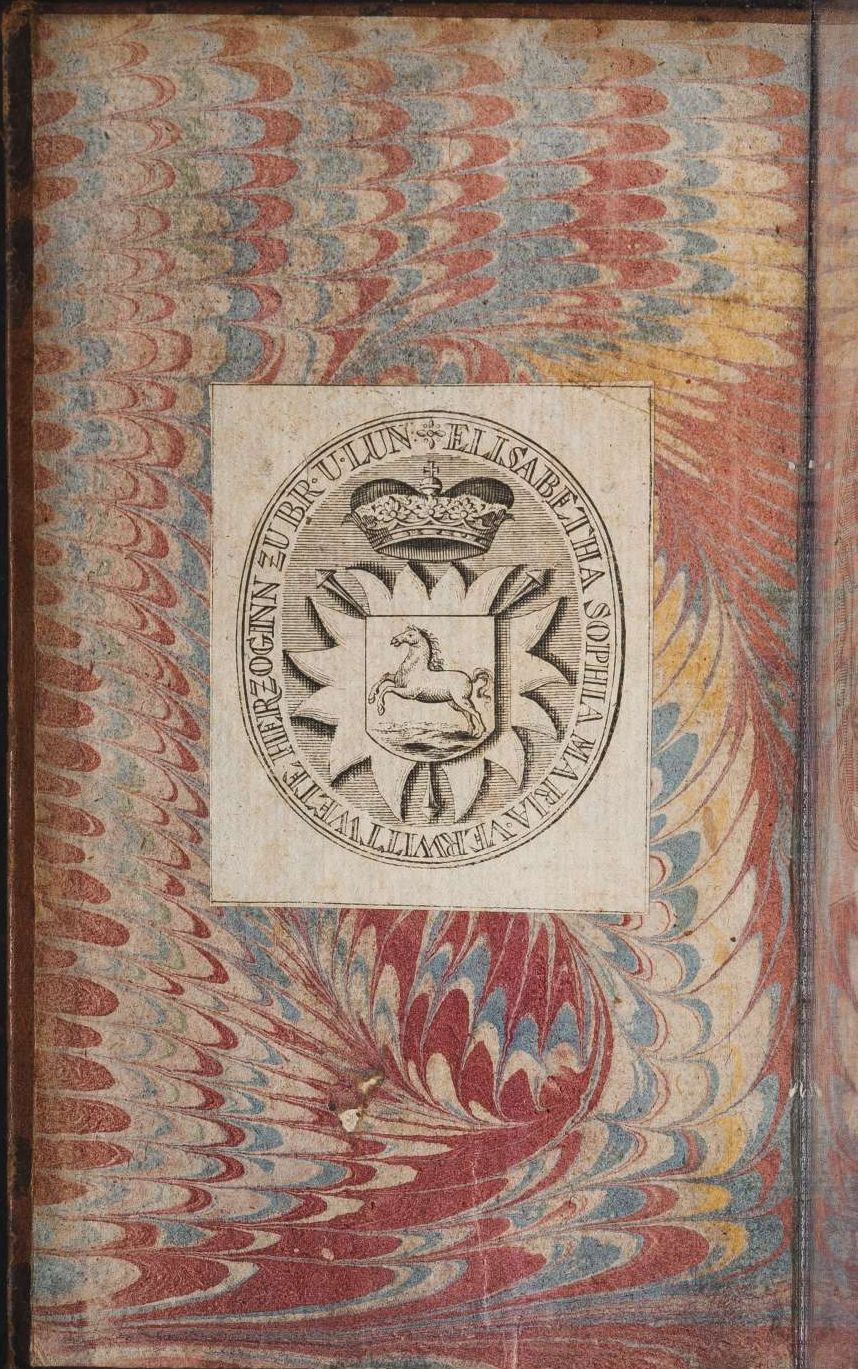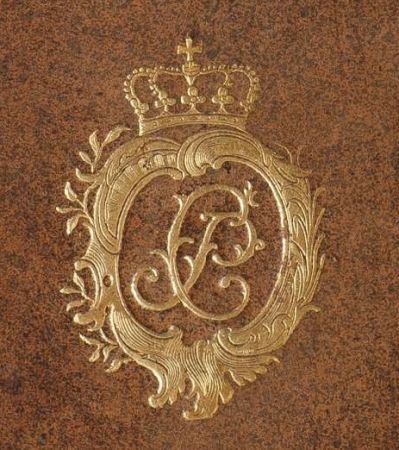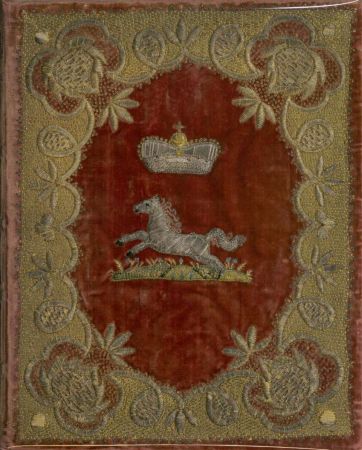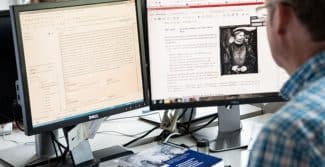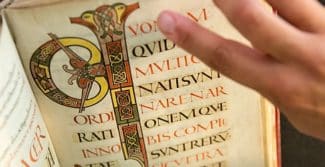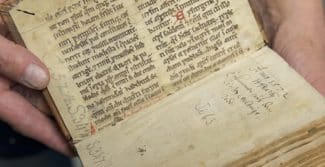3 February 2021
The project ‘World knowledge: The cosmopolitan collecting interests of the early modern nobility’ focuses on 18th-century private princely collections. Specifically, it examines the collecting practices and associated cultural and scholarly interests of the nobility. After their owners’ deaths, these ‘royal libraries’ were transferred to the Wolfenbüttel library, where they were initially shelved as individual collections before they were later integrated into the general holdings. Today the majority of these books are part of the HAB’s Mittlere Aufstellung (Middle List) and the historical collections are no longer recognisable as such.
Based on as yet untapped catalogues and inventories, we are now able to virtually reconstruct the private royal libraries with great accuracy and visualise them with the help of the LibReTo program. Additionally, we are currently locating the original copies in the Herzog August Bibliothek’s current collection in order to determine further provenances and create a complete picture. The books’ typical external characteristics, such as the design of the binding or the presence of supralibros, a monogram denoting ownership that was stamped on the book, also assist us in our undertaking.
The individual books are also examined for signs of use, such as notes or underlinings. By drawing on additional sources from the royal estates, the knowledge gained from these efforts is located in a larger context, allowing us to obtain a precise idea of the libraries’ contents as well as how the books were used.
The next step focuses on what function these collections served for their owners. During the first year of the project, we examined the libraries belonging to Elisabeth Sophie Marie von Braunschweig-Wolfenbüttel (1683–1767) and Philippine Charlotte von Braunschweig-Wolfenbüttel (1716–1801). Both of these women owned extensive collections, each consisting of several thousand books, which they maintained and used up until their deaths.
Continued learning was the primary interest for these women, as letters, personal testimonies and handwritten entries in the books have enabled us to reconstruct. For example, Philippine Charlotte once wrote to her brother Frederick the Great that she took every opportunity to further her studies, and that her books helped her to ‘keep her intellect from getting rusty’ (Je cherche tous les moyens pour m’instruire, c’est l’unique ressource à mon age pour empecher de s’enrouiller l’esprit).
They used their books to acquire the knowledge that enabled them to participate in contemporary cultural and scholarly discourses. Their libraries also served as social spaces. It was not uncommon for them to receive guests in their libraries, show them their books and discuss their latest readings with them. In particular, the renowned collection of 12,000 Bibles belonging to Elisabeth Sophie Marie attracted numerous visitors, including notable scholars such as Johann Christoph Gottsched and Johann David Köhler. Their names were recorded in over 250 entries in the Duchess’s family register, in which guests were allowed to sign their names, thus preserving them for eternity.
While the collection was certainly an expression of the Duchess’s great devoutness, it also represented a significant contribution to the Bible scholarship of the era – an aspect of the collection which we will examine in detail in the coming years.
However, the libraries were not only places where guests were received. The duchesses also made their books available to scholars, whom they supported financially as well. For this they were mentioned in dedications and enjoyed the accompanying boost to their social prestige. For many decades, Elisabeth Sophie Marie was patron to the renowned theologian Johann Lorenz von Mosheim, while Philippine Charlotte supported several scholars at Brunswick’s Collegium Carolinum. The libraries were thus an important aspect of the duchesses’ involvement in the politics of culture and knowledge.
Lastly, we can see how the libraries served an economic function as well. Not only were they used by the duchesses as a means to accumulate social capital, they also became a source of real monetary value, which had to be administered and augmented. The great sums the duchesses spent on their libraries offer evidence of the great value they placed on the books in their lives. It is with good reason that Elisabeth Sophie Marie referred to her collection as a ‘treasure’.
Thus, the collecting of books represented much more than just a leisurely pursuit. For the royal families of Wolfenbüttel these libraries were an integral part of their daily lives: they helped underscore their rule and were places where they could display their prestige, while at the same time serving as sites of private learning and pleasure. In the coming years, the project will further examine the multifaceted nature of these libraries in order to better understand collecting as a fundamental cultural practice of the early modern period.
PURL: http://diglib.hab.de/?link=150
The project ‘World knowledge: The cosmopolitan collecting interests of the early modern nobility’ is based on two case studies and is being carried out at the HAB under the auspices of the MWW. Both seek to use digital methods to further develop collections-based research. In one of our next entries, we look forward to presenting the project Intellectual networks: Early modern scholarly libraries as places of knowledge and communication.
